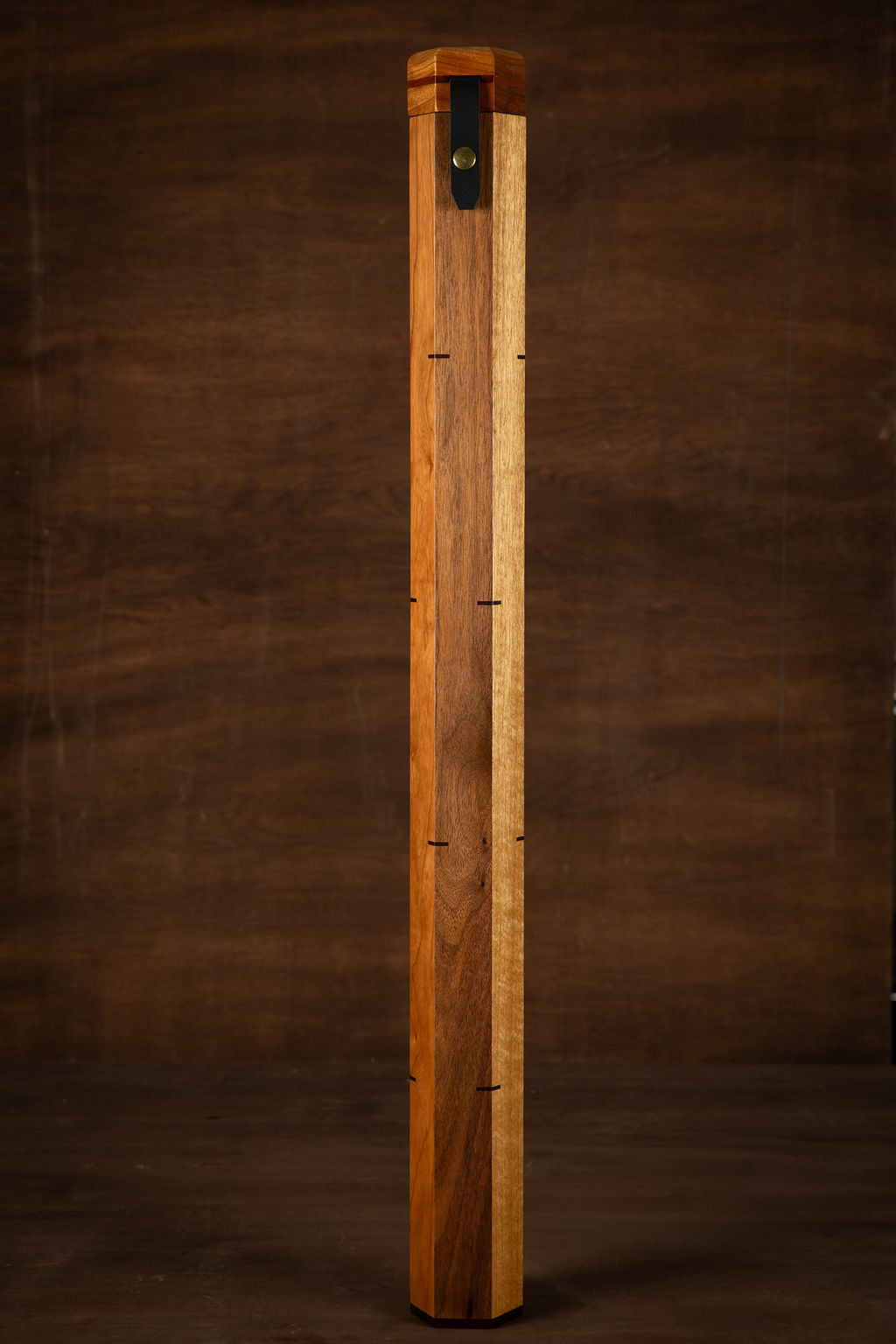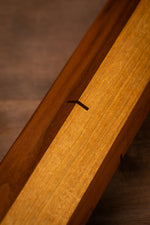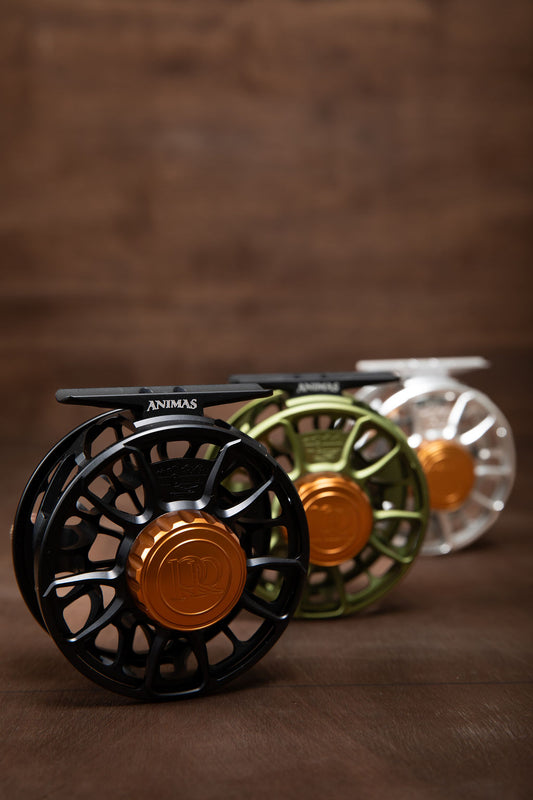When we talk about craftsmanship, Carl Bruere exemplifies heritage and the art of handcrafted woodworking. These hand built fly rod cases are absolutely stunning! Each build by hand in Lubec, Maine. Each one is unique and custom crafted, using anywhere from 5 to 7 different hardwoods. The durable finish is 3 brushed coats of polyurethane followed by a buffed coat of Howards Wax.
The craftsman himself, an absolute pleasure in every way. We first met Carl after a brief visit to our shop showing us his incredible work. We knew right away, that these tubes belonged here with us and represented everything we stand for. We are very proud to offer these unique tubes and know they will become an heirloom pairing perfectly with your Maine Fly Co rod.
These tubes are all build to order currently. Once you make your order, you can be connected with the craftsman himself for any special requests. Otherwise, your tube will be made just for you and you can bask in the anticipation of knowing one of Carl's creations is soon to arrive at your door.
Once you place your order, please allow up to 3 weeks for build, finish and shipping.
These hardwood rod tubes come built to accommodate 4piece rods in the lengths specified in the ordering section. Switch and Spey tubes available on special request. Reach out for pricing.
Tubes are built to fit your rod. Options are set for your fly rods total length.











































































